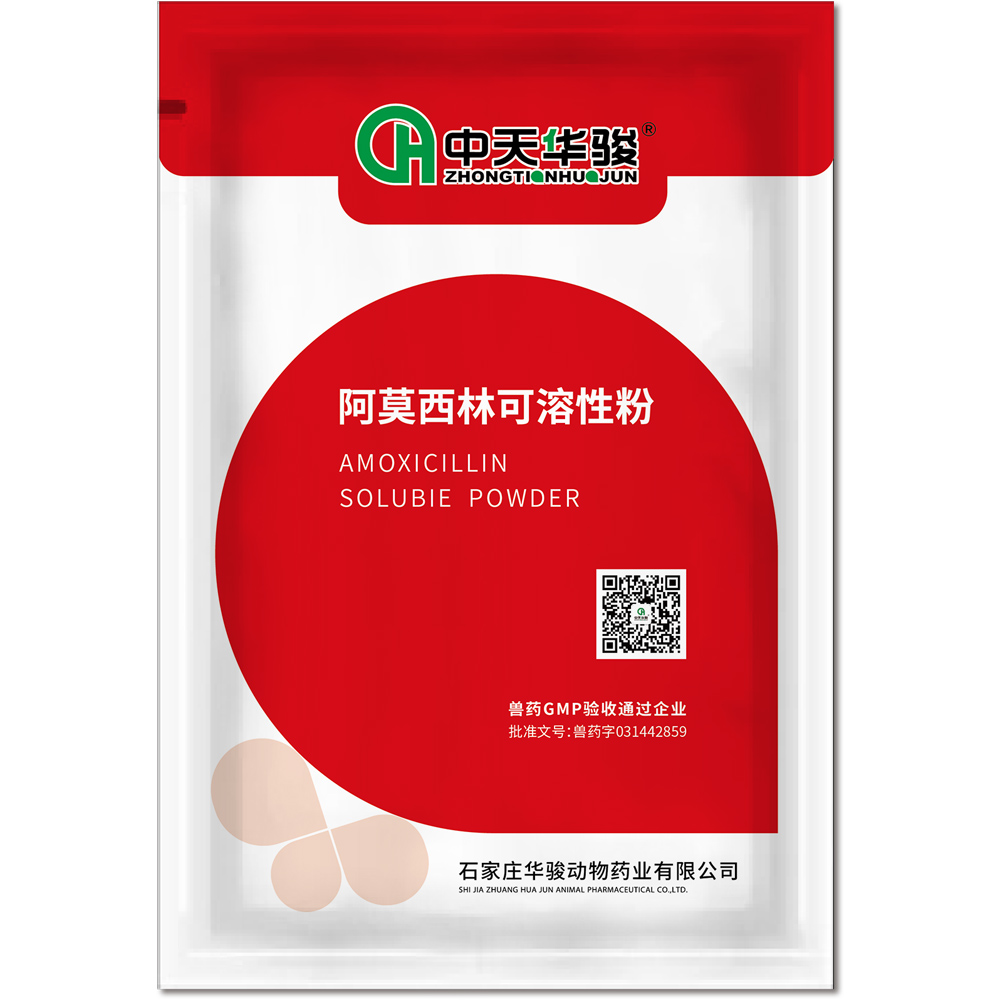
Dec . 04, 2024 13:39 Back to list
Sodium Nitrite Safety Data Sheet Provider Information and Guidelines
Understanding Sodium Nitrite and Its Safety Data Sheets
Sodium nitrite, a chemical compound with the formula NaNO2, plays a pivotal role in various industries, particularly in food preservation, pharmaceuticals, and chemical manufacturing. While sodium nitrite is valued for its applications, it is essential to understand its properties, uses, and safety aspects, often outlined in a Safety Data Sheet (SDS) provided by suppliers.
Chemical Properties and Applications
Sodium nitrite appears as a white or yellowish crystalline powder with a slightly bitter taste. It is highly soluble in water, which enhances its utility in various applications. One of the most prominent uses of sodium nitrite is as a food preservative; it is commonly utilized in cured meats like bacon, ham, and sausages. Sodium nitrite helps to prevent bacterial growth, particularly Clostridium botulinum, the bacterium responsible for botulism. Furthermore, it contributes to the pink coloring and distinctive flavor of cured meats, making it a staple in the food industry.
In addition to its culinary applications, sodium nitrite is essential in the pharmaceutical industry, where it serves as an intermediate in the synthesis of various drugs. It is also vital in the manufacturing of dyes, textiles, and as a corrosion inhibitor in various industrial processes.
Safety Considerations
Despite its widespread use, sodium nitrite poses several health and safety risks that must be carefully managed. An SDS is a crucial document provided by suppliers, detailing the hazards associated with the chemical, safe handling procedures, and emergency response actions.
sodium nitrite sds supplier

1. Physical and Chemical Hazards Sodium nitrite is classified as a harmful substance if ingested or inhaled. It can cause methemoglobinemia, a condition where the blood’s ability to carry oxygen is impaired. Thus, using appropriate personal protective equipment (PPE) — such as gloves and safety goggles — is vital when handling this compound.
2. Environmental Hazards Sodium nitrite is toxic to aquatic life. Care should be taken to prevent its release into waterways, as it can lead to detrimental effects on marine ecosystems. The SDS typically includes guidelines for spill response and proper disposal methods to mitigate environmental impact.
3. First Aid Measures The SDS for sodium nitrite outlines necessary first aid measures in case of exposure. This includes thorough irrigation of the skin and eyes in case of contact and seeking medical attention for ingestion or inhalation scenarios. It is crucial for all employees handling sodium nitrite to be familiar with these emergency procedures.
4. Storage and Handling Proper storage of sodium nitrite is essential to maintaining its efficacy and ensuring safety. The chemical should be stored in a cool, dry place, away from incompatible substances like acids and certain metals. Suppliers often recommend clearly labeling containers and keeping them out of reach of unauthorized personnel.
Conclusion
Sodium nitrite remains a critical compound in various sectors, particularly in food preservation and industrial applications. While its benefits are numerous, understanding the associated risks is equally important. Safety Data Sheets provided by suppliers serve as vital references, guiding users on safe handling practices, emergency procedures, and environmental precautions.
In any industry utilizing sodium nitrite, continuous education on safety protocols and up-to-date knowledge of SDS information is essential to ensure safe operations and protect both human health and the environment. Public awareness and adherence to safety guidelines will help mitigate the risks associated with this valuable yet hazardous chemical compound, promoting a safer working environment for all involved.
-
Quality Bacillus Coagulans BC30 Factory - Expert Production
NewsAug.02,2025
-
China Salivation AI with GPT-4 Turbo Features
NewsAug.01,2025
-
Epic Sepsis Factories: AI-Driven Detection with GPT-4 Turbo
NewsJul.31,2025
-
Acute Salpingitis and Oophoritis AI Factory
NewsJul.31,2025
-
Premium China Bacillus Subtilis Supplier & Factory Solutions
NewsJul.30,2025
-
Premium Avermectin Supplier in China | Custom Solutions Available
NewsJul.29,2025




